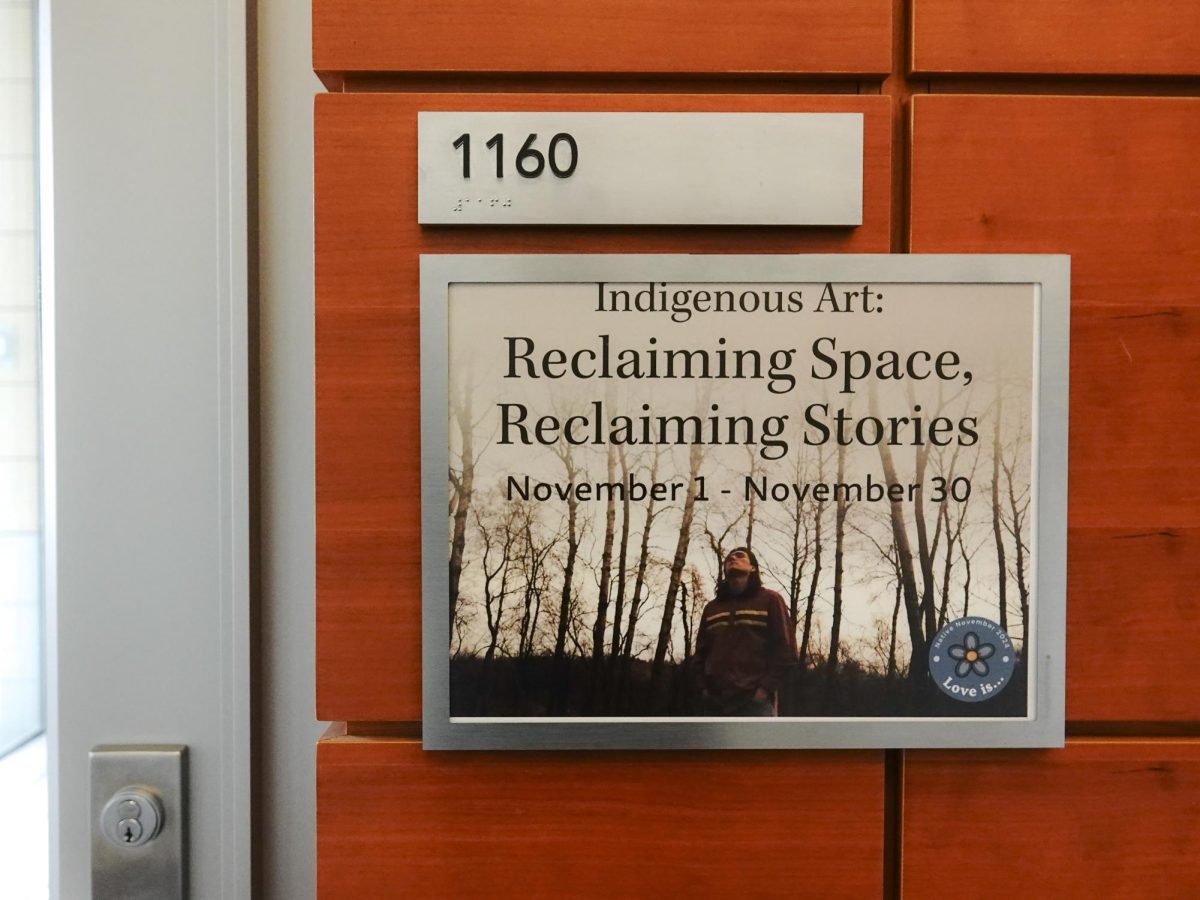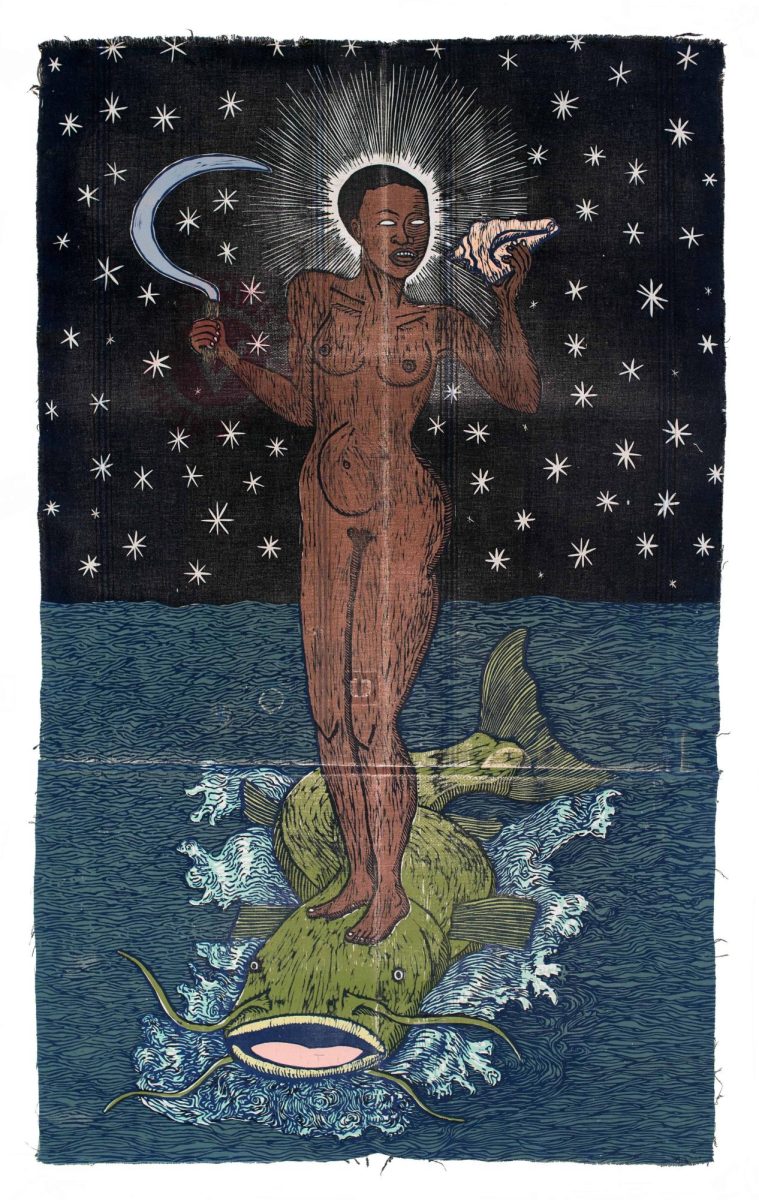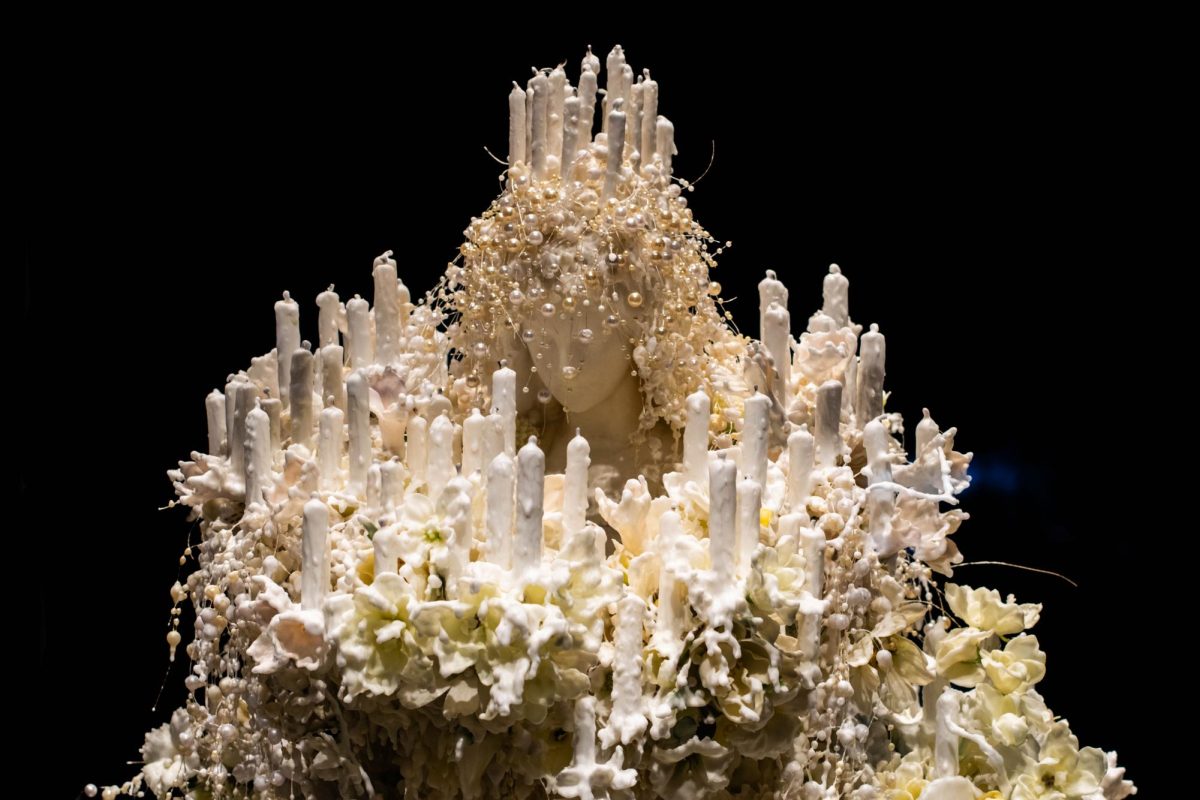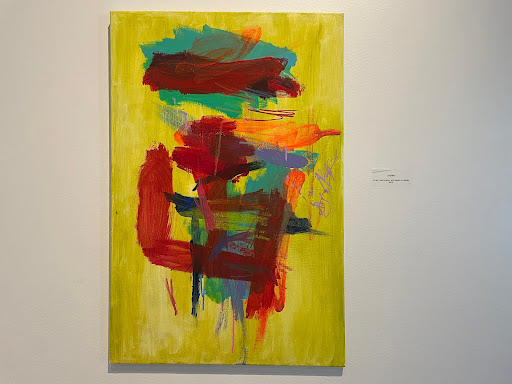
“Many are born and few grow up” is a meaningful bumper sticker attached to many cars in Honduras. It is no secret that Honduras had a troubled past and continues to struggle into the future.
Nicholas Wynia, a UW-Madison graduate student, worked in a grade school in Juticalpa, Honduras, from 2004 to 2005 and saw first-hand just how brutal Honduras can be.
“It has become more and more violent. It is sort of on the rise, and unfortunately it is a poor country,” Wynia said in a recent interview with The Badger Herald.
Despite Honduras’ hardships, Wynia was able to capture flashes of happiness with the help of his camera. He decided to share his experience and tell a story of life in Honduras with a photography exhibit and accompanying brief video installation. Wynia was able to construct the exhibit with the help of the Arts Institute Judson Award, Illuminate Award and a Blink Grant.
The photographs are a collection of 30 pictures Wynia has taken in Honduras since 2004.
“The photographs do show some of the positive things and beauty of that country. The main focus is on the area as well as on a curiosity of other people’s experiences. It is an understanding of where other people are coming from as our country and schools get more diverse,” Wynia said. “It is important to know each other.”
Even though Wynia was able to capture the hidden beauty of Honduras, it’s hard to ignore the violence that is also occurring within the country.
“Honduras is one of the poorest countries in this hemisphere. There are a lot of issues with the growing violence. It’s hard not to see that if you’re living there,” Wynia said.
But the increasing violence lead to some powerful pictures to go along with the beautiful ones.
“There are some large photographs and small photographs of the people, school and teachers. Some of the stronger, larger photographs will grab people’s attention,” Wynia said.
Wynia also produced a video that focuses on the school he previously worked with.
“The early photographs are a portrait of the county, and the video focuses on the Daystar school and staff. It’s all Honduras students, but it’s a bilingual school. Half their day is in English, and half is in Honduras,” Wynia said. “The video looks at the quirky characters living in this place.”
The exhibit highlights the clash between American and Honduran culture.
“There is a split between their lifestyle. They don’t feel American; they don’t feel Honduran,” Wynia said.
The Daystar school was founded in 1988 by two Midwesterners, according to Wynia, which might explain why American culture has found its way into this school.
The overall atmosphere of the exhibit is a mix between sorrow, violence and happiness. There is a tragic point of view that derives from the seriousness of the violence and poverty that
Honduras is facing, but happiness from the quirky characters the video highlights. Wynia describes the exhibit as people who are trying to carve out a life for themselves by doing good.
But though the exhibit may feature the more desolate aspects of Honduran culture and cause thoughtful reflection, it’s not a charity or fundraiser, but rather a learning experience.
“It’s not raising money. It’s just sort of an opportunity,” Wynia said. “I thought it would be interesting for people to see an educational experience in a different place in the world.”
The exhibit will open at Madison East High School’s library on April 11.













